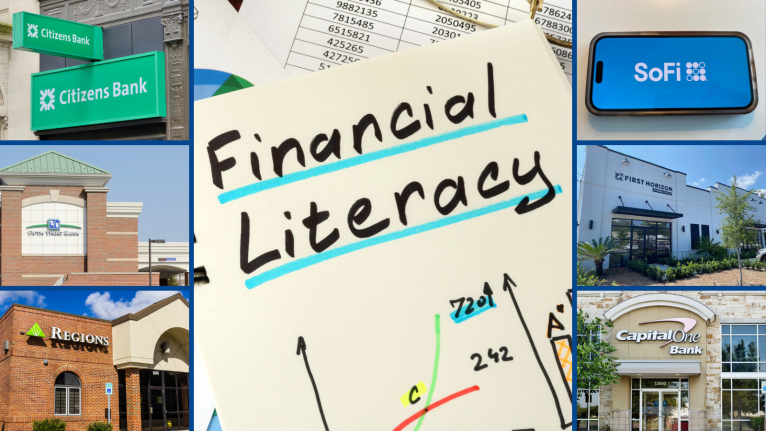ICYMI: Bank-Led Overdraft Innovations Are Saving Consumers Billions

America’s leading banks have increasingly unveiled new overdraft innovations to provide consumers even greater choice and flexibility to make informed financial decisions. As new research from the Brookings Institute recently found – the monetary impact of these new products and polices on consumers is significant – with combined savings reaching roughly $5 billion a year.
In a new paper outlining findings from his analysis, Brookings Senior Fellow Aaron Klein wrote:
“Many banks, including most of the largest banks, have announced sweeping changes that will sharply reduce costs for their customers—by my calculations, the combined savings already announced add up to about $5 billion a year, changes so large that even President Biden noticed and tried to take some credit. But in reality, this turnabout came without new legislation or regulation.”
What’s Happening
New bank-led overdraft innovations – ranging from real-time payment updates to grace periods, posting alerts and no-fee overdraft accounts – are here to stay, and they’re making a meaningful difference in the lives of the people we are all working to serve.
The Brookings research comes shortly after the release of an August 2022 study from the global intelligence firm Curinos, which found:
- At least 29 financial institutions with more than $10 billion in assets have announced significant reforms to their overdraft policies.
- Based on these voluntary changes, overdraft fees are expected to fall by 68% between 2008 and the end of 2023, resulting in $167 in annual savings per U.S. adult by year end 2023.
- If current trends continue, consumers could save more than $28 billion in the five-year period between 2021 to 2025.
Why It Matters
Banks are working to lower costs while simultaneously protecting access to overdraft because there is a clear need. According to a recent survey, more than half of Americans are unable to cover an unexpected $1,000 bill with savings, alone. Overdraft remains one of the few short-term liquidity products available to consumers within the well-regulated, well-supervised banking system.
What They’re Saying
In Washington, leading regulators, legislators, and academics from across the political spectrum have recognized the positive impact of these changes – especially for consumers already contending with ongoing economic headwinds:
- According to a Pew analysis released this summer: “These reforms at the biggest banks should have outsized benefits for Black and Hispanic customers [and] should help reduce the number of unbanked Americans.”
- In July, the CFPB wrote: “Changes in overdraft program settings and in other checking account policies are making meaningful difference in the amount consumers incur in various fees while using their checking accounts at their banks.”
- Earlier this year, CFPB Director Rohit Chopra recognized the impact of these bank innovations, noting: “This is one of the beauties of a competitive market. When there is real competition […] people can benefit across the board.”
- In an op-ed last year, Acting Comptroller of the Currency, Michel Hsu, echoed a similar sentiment, stating: “Several U.S. banks […] have begun reforming their overdraft programs and making them more pro-consumer. This development holds the promise of relieving millions of deserving people from the high cost of making ends meet, while empowering them and improving their overall financial health.”
CBA Advocacy
CBA long has advocated for protecting consumers’ access to emergency safety net products like overdraft and has continued to amplify recent bank-led overdraft reforms. To learn more about CBA’s efforts to correct misinformation and deliver the facts about how emergency safety net products like overdraft are valued by millions of consumers in times of need, click HERE.



